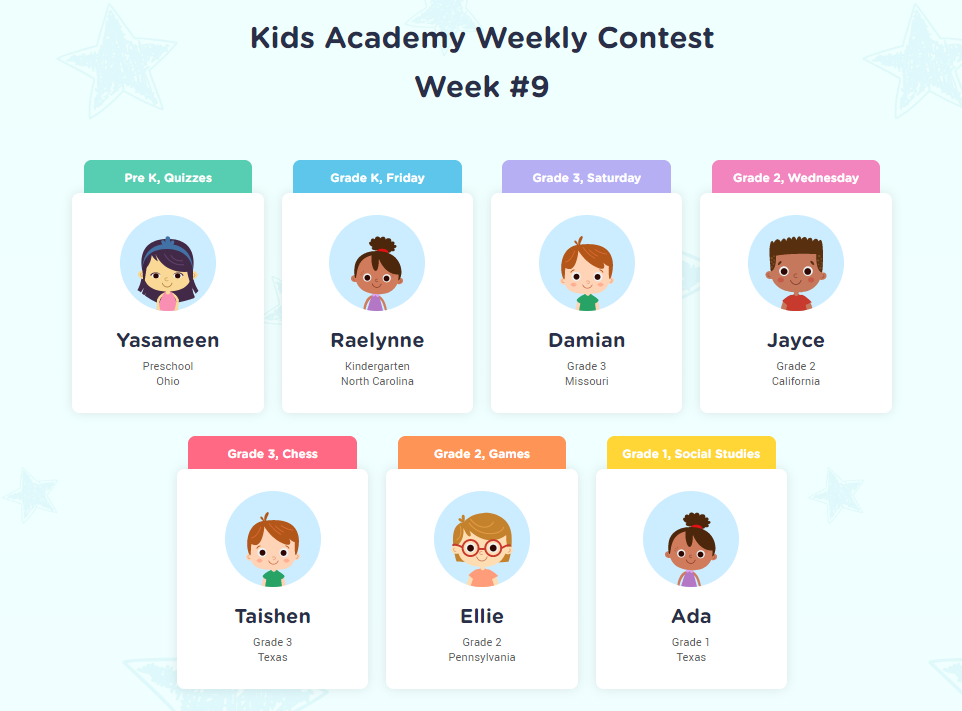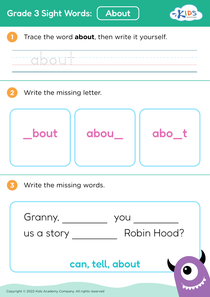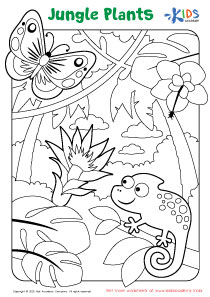Sorting worksheets activities for Grade 3
2 filtered results
-
From - To
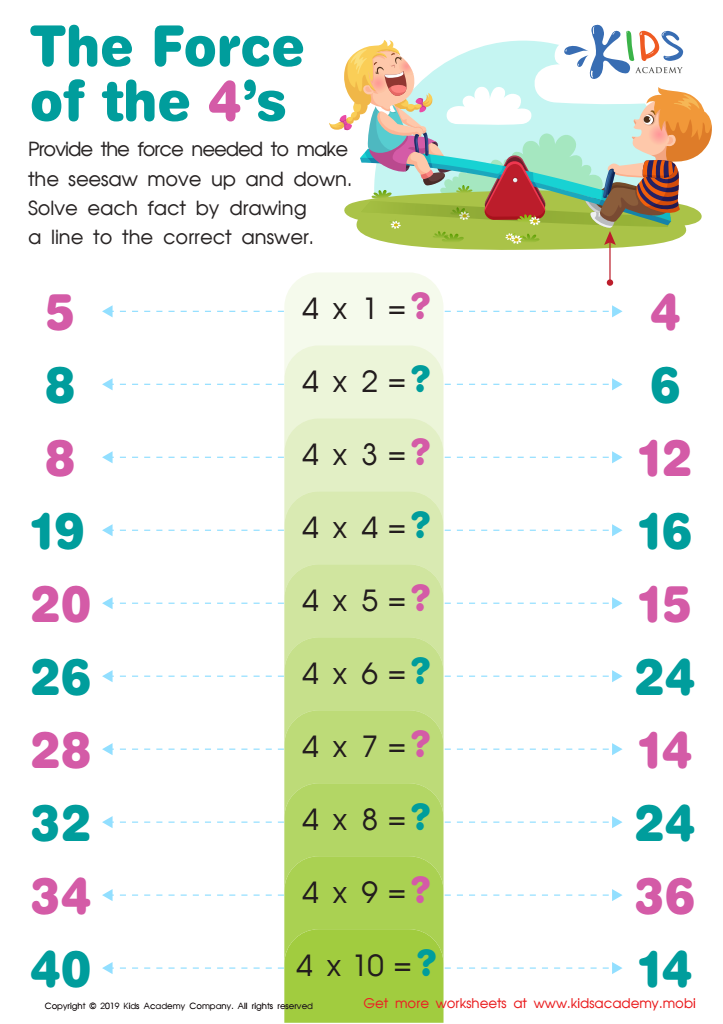

The Force of the 4's Worksheet
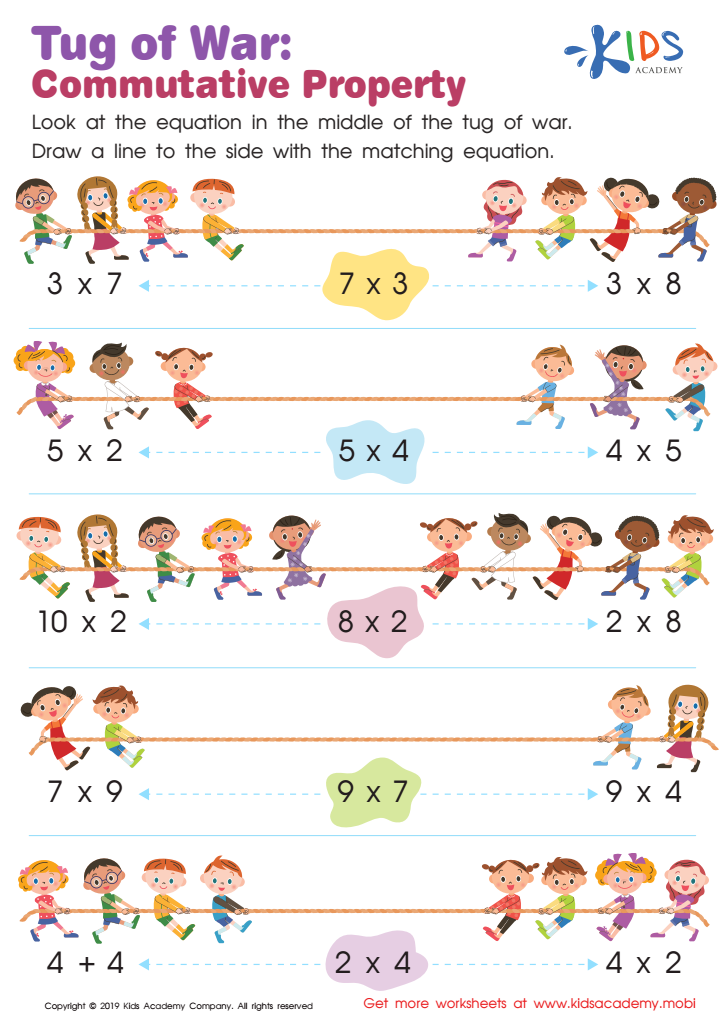

Tug of War: Commutative Property Worksheet
Sorting worksheets activities for Grade 3 are an invaluable tool in the educational journey of young learners. At this pivotal stage of their academic development, children are beginning to explore more complex concepts and improve their critical thinking and analytical skills. Sorting worksheets activities specifically designed for Grade 3 students are structured to enhance these abilities in several ways.
Firstly, these worksheets introduce students to the foundational concept of categorization. Through sorting, children learn to recognize similarities and differences among various objects, ideas, or data points. This skill is crucial not only in mathematics but also in understanding the world around them. By engaging in sorting activities, Grade 3 students develop a keen eye for detail and start to appreciate how order and organization play a role in everyday life.
Moreover, sorting worksheets activities for Grade 3 foster problem-solving skills. As students sort items according to specific criteria, they must make decisions and justify their reasoning. This process encourages logical thinking and promotes a deeper understanding of the concepts being taught. Whether the task involves sorting shapes, numbers, words, or any other set of items, students are challenged to think critically and apply what they have learned in a practical context.
Additionally, these worksheets are designed to cater to the diverse learning styles of Grade 3 students. By incorporating visual, tactile, and cognitive elements into the sorting activities, educators can ensure that all students, regardless of their preferred learning modality, are engaged and able to grasp the concepts being taught.
Lastly, sorting worksheets activities for Grade 3 are adaptable and can be integrated into various subjects, including math, science, and language arts. This versatility makes them an essential tool in the classroom, providing teachers with a resource that can be tailored to meet the educational objectives of different lessons.
In conclusion, sorting worksheets activities for Grade 3 are a critical component of the learning process, offering a multifaceted approach to develop essential skills such as categorization, problem-solving, and critical thinking. Through these engaging and educational activities, students are better equipped to navigate the complexities of the world around them and achieve academic success.
 Assign to My Students
Assign to My Students






